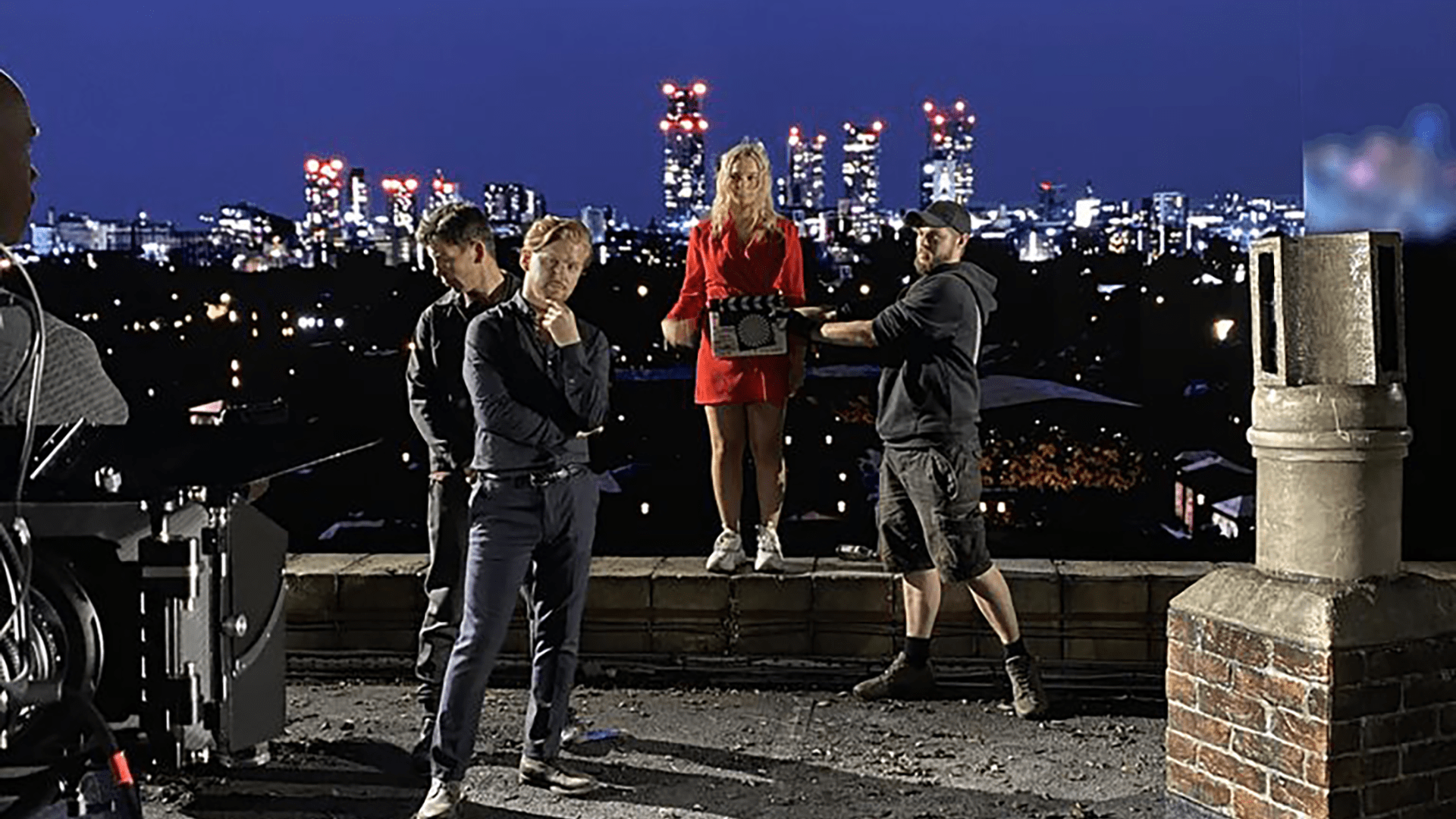Virtual production techniques have expanded the universe of what is possible in film and television. This technology has transformed studio filming. From the epic battle scenes of Game of Thrones to the otherworldly landscapes of The Mandalorian, virtual production, in particular, the use of volume wall technology, has offered limitless possibilities in bringing the imagination to life on the silver screen.
Volume walls create the illusion of a three-dimensional space on a two-dimensional screen. Digital software is used to manipulate an image’s volume and depth, which creates the impression of a wall or barrier in front of or behind the actors. The most common use of this technique is the creation of virtual sets, which would otherwise involve the cumbersome and arduous travel to a location shoot instead of being able to shoot in a controlled studio location. It also creates special effects such as explosions or large battle sequences. The illusion of debris flying toward the cameras can be made realistically and safely in the studio.
This technology has become commonplace in action, adventure television, and films like “The Walking Dead” and the “Matrix” films. But it’s also becoming more commonplace in regular television dramas and soaps. Britain’s longest-running soap “Coronation Street” has been on the air since 1960 and is known as a “kitchen-sink drama.” It showcases working-class people’s ordinary lives in a fictional Manchester suburb. There are no space battles or hordes of zombies, but they have recently made use of volume wall filming for one of their climactic scenes, which takes place on the top of a building overlooking the cityscape at night.
In an interview with Digital Spy, producer Iain MacLeod explained the scene; “The centerpiece of the week is a sequence that we’ve shot using technology that’s more commonly used in things like The Mandalorian or they use a slightly larger version of this in a lot of the Avengers movies. It’s called a volume wall, which was relatively new to me. Essentially it’s like a very new fandangled version of what they would have called a green screen or back projection in the old days. It means that you can put your actors anywhere that you can imagine. So you can essentially design a 3D world… this incredible rooftop sequence with a twinkling cityscape behind it so that we can do things that you could never normally do in a location shoot. You can put real actors in what appears to be incredible danger without using stunt performers. You can have the camera behave in a way that it can’t do in the real world unless it’s being operated by an Avenger. The camera can swoop and fly and move around in ways that you can’t do for real.”
The highly anticipated dramatic scene was a success and met with acclaim. MacLeod reflected on how such technology could impact the future of television soaps. “We did joke that there will come a point where we don’t need sets anymore….a tiny bit of me thinks that in ten or twenty years, that might not actually be that far from the truth, really. Having physical sets might be an anachronism.”
Volume wall technology has challenges. It is essential to ensure that the visual effects blend seamlessly with the live-action footage. Eagle-eyed audiences are quick to point out discrepancies, and it can break immersion for viewers to notice these anachronisms. Even though virtual effects can eliminate the costs of stunt performers, action sequences, and expensive location shooting, the time, attention to detail, and the amount of computer processing necessary to render successful results can also be very costly.
Virtual production effects have been a fixture in films and television series with high production values for a few years now. Volume wall technology is even being used in weather forecasting programs. But this move to regular network television dramas shows the shift in what is possible and what is expected in the entertainment industry. This technology has taken Coronation Street from its lowly cobblestoned streets to the top of the world and signifies a new standard of storytelling for the future.

